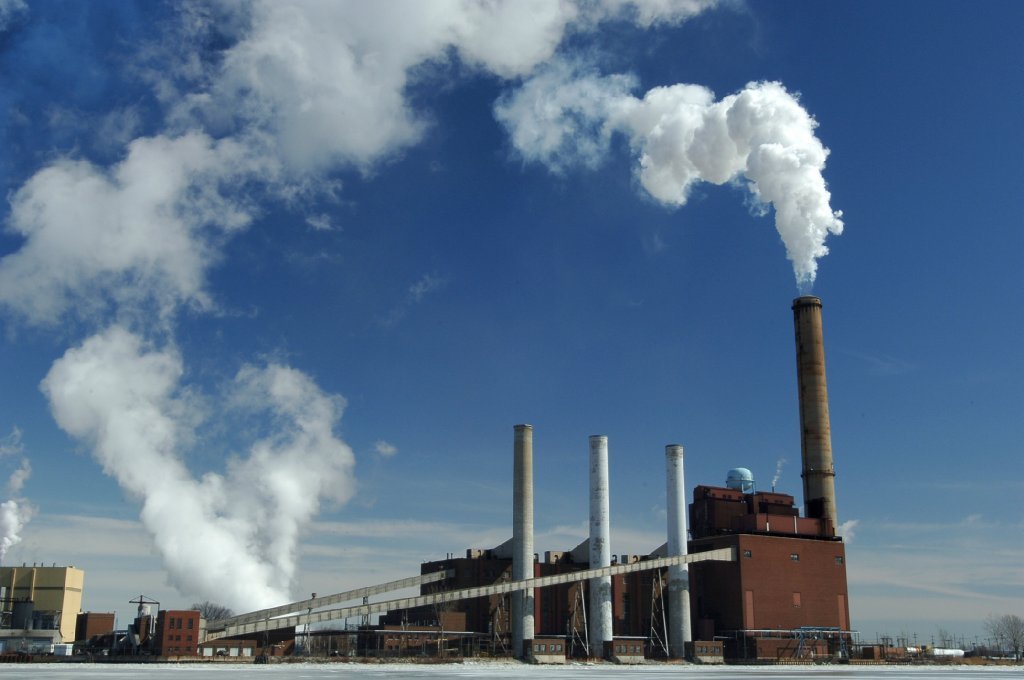Fifteen years ago, the Bush administration formed an Energy Task Force led by Vice President Cheney, who surrounded it with hermetic secrecy to dictate the new US energy policy.
Its final conclusions turned out to be a windfall for the fossil fuel industry, including the construction of 200 new coal-burning plants. It also spelled doom for the planet’s atmosphere, which back then was already showing alarming levels of warming that endangered the future viability of our biosphere.
It was that emergency that started what today is considered one of the most successful grassroots initiatives ever, the Sierra Club’s Beyond Coal Campaign. First, the campaign designed a strategy to fight the construction of any new plant, no matter where in the country, by marshaling a small army of volunteers and activists who achieved an extraordinary streak of victories. By 2008, this translated into the cancellation of the construction of almost all new proposed plants in the country.
Also by then, the campaign had started its second phase, shutting down all 523 existing plants, which at that time were emitting 2 billion tons of carbon, 40 percent of the greenhouse gases spewed by the US, and were causing 13,000 premature deaths. Again, the campaign’s grassroots efforts, working with an alliance of more than 100 local groups, and better coal emission standards implemented by the Obama administration contributed to continue this phenomenal streak of victories.
 The Kern-Weadock Power Plant, one of the six Alliant Energy facilities slated for retirement in Iowa
The Kern-Weadock Power Plant, one of the six Alliant Energy facilities slated for retirement in Iowa
And this month, the campaign scored a historic triumph. Alliant Energy, a major Iowa utility, has committed to phase out coal use at six of its plants in the state, marking the 200th coal plant to shut down in the United States. The retirement of these plants and their replacing them with clean energy have enabled the United States to lead the industrialized world in cutting global warming pollution.
And this is especially good news for us Latinos. According to a Natural Resources Defense Council study, 15 percent of us live dangerously close to a coal-burning plant, which makes our community disproportionately vulnerable to this terrible pollution.
In 2009, the pollution from the 200 coal plants now slated for retirement caused 6,000 heart attacks, 60,000 asthma attacks and 3,600 deaths each year. Too many of those victims are Latinos. We are three times more likely than the average American to die of asthma and our children are 60 percent more likely to get asthma than non-Hispanic white kids. It’s no wonder Latinos overwhelmingly support investing in clean energy.
This industry, however, insists on keeping its head firmly in the sand. In a report to the White House, coal giant Peabody Energy had the nerve to state that carbon dioxide is a “non-existent harm” and “a benign gas that is essential to all life.” The report also rejected the risks of climate change, thus brushing aside overwhelming scientific evidence and the conclusions of 97 percent of the world’s experts.
In fact, coal is a dead man walking already. In 2014, global stock prices for coal were down by a whopping 50 percent, whereas investments in clean energy, such as solar and wind, grew exponentially around the world.
Climate change constitutes a planetary emergency that we all must confront. And the retirement of these coal plants feels like 200 breaths of fresh air.